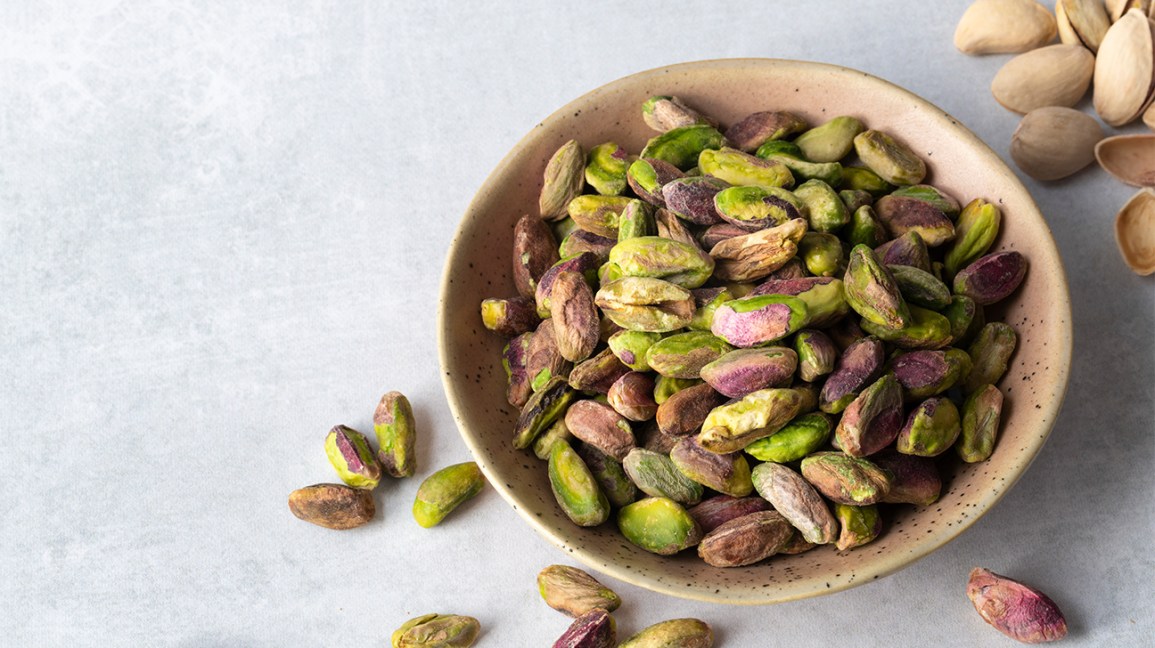



Commercial pistachio growing commenced in Australia in the early 1980s following a successful breeding program by CSIRO. The new variety Sirora was released in 1982. It is suited to the climate and soils of the River Murray valley, where today most large orchards are located. Australian yields per hectare have improved 30% in the last 8 years. Australian orchards now achieve an average of about 3,000kg/ha, over the on/off cycle, peaking at over 5,300kg/ha in the on-crop. Nevertheless, improvement is definitely possible. The majority of the production worldwide is directed at the consumer snack food market rather than the ingredient market. In fact, about 85% of the Australian crop is sold into the snack market.
For the year ending June 2020:
1. 2,900 tonnes of pistachios (in-shell weight) was produced with a kernel weight equivalent of 1,450 tonnes.
2. The value of Australian production was worth $35.8 million. The wholesale value of pistachios in-shell and kernel supply was $87.9 million.
3. 19% of Australian households purchased it, buying an average of 280 grams per shopping trip.
4. The supply per capita of in-shell and kernel nuts were 224 grams, based on the volume supplied.
Pistachios are grown in the south of Australia, with the majority of production occurring in Victoria. Other areas that grow this crop are the Murray River Valley and Waikerie.
Australia is a net importer of these nuts, with the majority of imports being in-shell form. For the year ending June 2020, Australia exported 548 tonnes of in-shell nuts and 49 tonnes of kernel pistachios. The nation also imported 1,265 tonnes of in-shell pistachios and 690 tonnes of kernel pistachios.
.